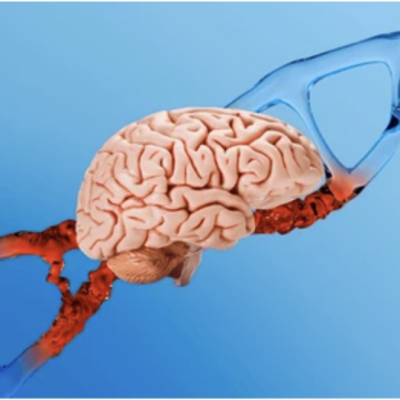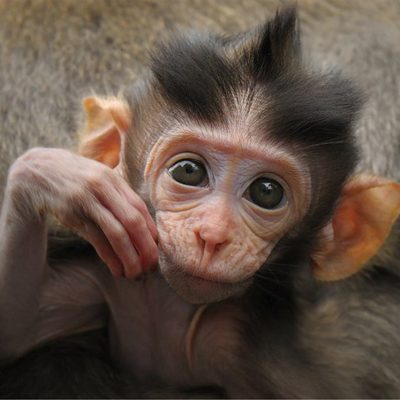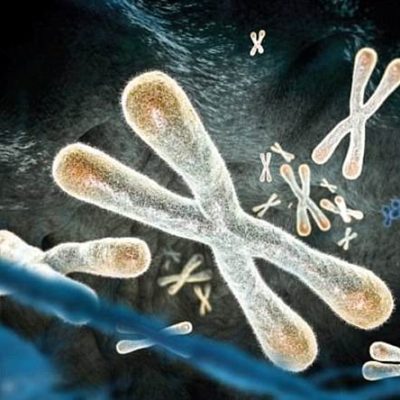British scientists have conducted a long-term study that may predict intelligence in growing children. Ten years ago, four-year-olds were asked to draw a person. Now, at 14 years old, these children were asked to take an intelligence test again. The result shows whether and to what extent there is a correlation between childhood and adolescent intelligence. The study was conducted by Rosalind Arden and her colleagues at King’s College London, who analyzed drawings made by 7,752 pairs of identical and fraternal twins. The drawings were not evaluated based on artistic criteria, but rather on the basis of human anatomy. The researchers found that the drawings could be used to examine the child’s mental development.
The study found that there is a correlation between childhood and adolescent intelligence, but the overlap is generally in the middle range. Therefore, an early intelligence test is not necessarily a reliable indicator of later intelligence or vice versa. In addition to mental development, other factors in a child’s development are also important, including genetic and environmental influences. The study also found that the genetic similarity between identical twins is much stronger than that between fraternal twins, both in the earlier drawings and in the tests conducted during adolescence. This underscores the importance of genetic factors in intelligence.
The use of drawings to diagnose and treat emotions is not new in psychology. It is not just about what the viewer sees visually, but what is hidden behind the drawing – what it expresses. Often, it involves suppressed emotions and unprocessed intense events. Drawing is not only an artistic expression, but also a reflection of emotions and intelligence. This study provides valuable insights into the relationship between childhood and adolescent intelligence, and the importance of genetic factors in intelligence.










